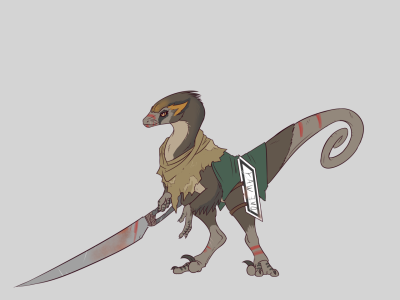To clarify must remeber my modification of the traditional CIV stadistics system, that want to provide each one their own way to be generated and applied, not just "mana" of different colors used in the same way.
-
FOOD, as population
sustentation and growth. The population consume each turn X amount of food and the surplur determines the rate of population increase. Deployed armies have a higger rate of comsumption. If food production is under consumption the population stop growing, lost bonus provided, immigrate to other civs and finally rebel. So is the more fundamental need of your population to be happy and thrive.
-
PRODUCTION, is your cities
capacity to transform resources and turn them into infrastructure, vehicles, equipment and manufactured goods. So production come from your laborers and their efficiency is determined by their number, their satisfaction, your technologies, raw materials avaibility, industrial facilities and policies. So production is not "consumed" but "used" each turn (time) by a number of queues per city, this would help for a viable "tall gameplay" of efficient high production capacity cities.
-
WEALTH, the true
currency in-game, used as common unit to pay for most units and buildings, also to buy resources, territory, techs and others diplomatic actions like war reparations. Taxation, trade routes and corporations are the regular source of wealth, natural resources and manufactured goods are part of it but the number of the ones that gives you wealth directly should be limited (like precious metal mines and cash crops plantations).
-
CULTURE, as an
influence measurement, the appeal of your
Ideologies with denizens (own and foreign) over the ideologies of others civs. This cover al ideological aspect of the game (heritage/religion/goverment) and comes from cultural products (Textiles, Ceramics, Jewelry, Movies, Cuisine, etc.), cultural buildings (included wonders), great people (and their Great Works), and expand through trade routes, religion, mass media and tourism.
New ideologies themselves are generated by "inspiration-like" mission that triggers decision events (with multiple options), then ideologies spread between denizens (these also have relevant value for diplomatic interactions).
-
SCIENCE, is the
progress that starts to be generated when each of your
Research Lines is asigned with a
project to develop a technology from the
Tech-Tree, so the ammount of science is NOT spent by the new Technology researched, on the contrary the science is produced by the research and when finalized this amount is added to your global accumluated of science to achieve
milestones that unlock additional Research Lines and allows to
Advance Era.
You start with just one Research Line but later get more, and their projects are not only to investigate new techs from the Tech-Tree, but also
Academic Grant (attract Great people like Scientists, Engineers, Philosophers and Artists),
School Specialization (provide temporal bonus to certain areas like
Agronomy to Food,
Economy to Wealth,
Theology to Religion,etc.)
Expedition (to find cultural artifacts and natural specimens)
Selective Breeding (improve and/or create copies of crops and livestock resources) and build parts of the Science victory mechanism.
NOTE, that Culture and Science are not just two different "tech trees" like in CIV6. I know many people would like to mix both in a general Knowledge model, that is a valid option, but since CIV use to have them as roads to two different victory types I decided to keep the CIV traditional split into art centered culture and technological centered science.
Anyway the interaction between culture and science would still be present in many ways like the just mentioned
School Specializations (could be named
Academies or
Institutes). Also like said, "science"(technology) would keep the traditional tech tree, progressive and cumulative design, while culture is more about influence and its relation to few but more dynamic, significative, specialized and narrative ideological changes.
Other example of the why of my denizens clases are CIVs great people they can produce:
Labourers > Great Engineer
Clerics > Great Prophet
Merchants > Great Impresario
Artisans > Great Artist
Scholars > Great Scientist
Warriors > Great Official
So every denizen type have a great person.

